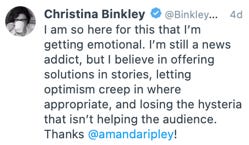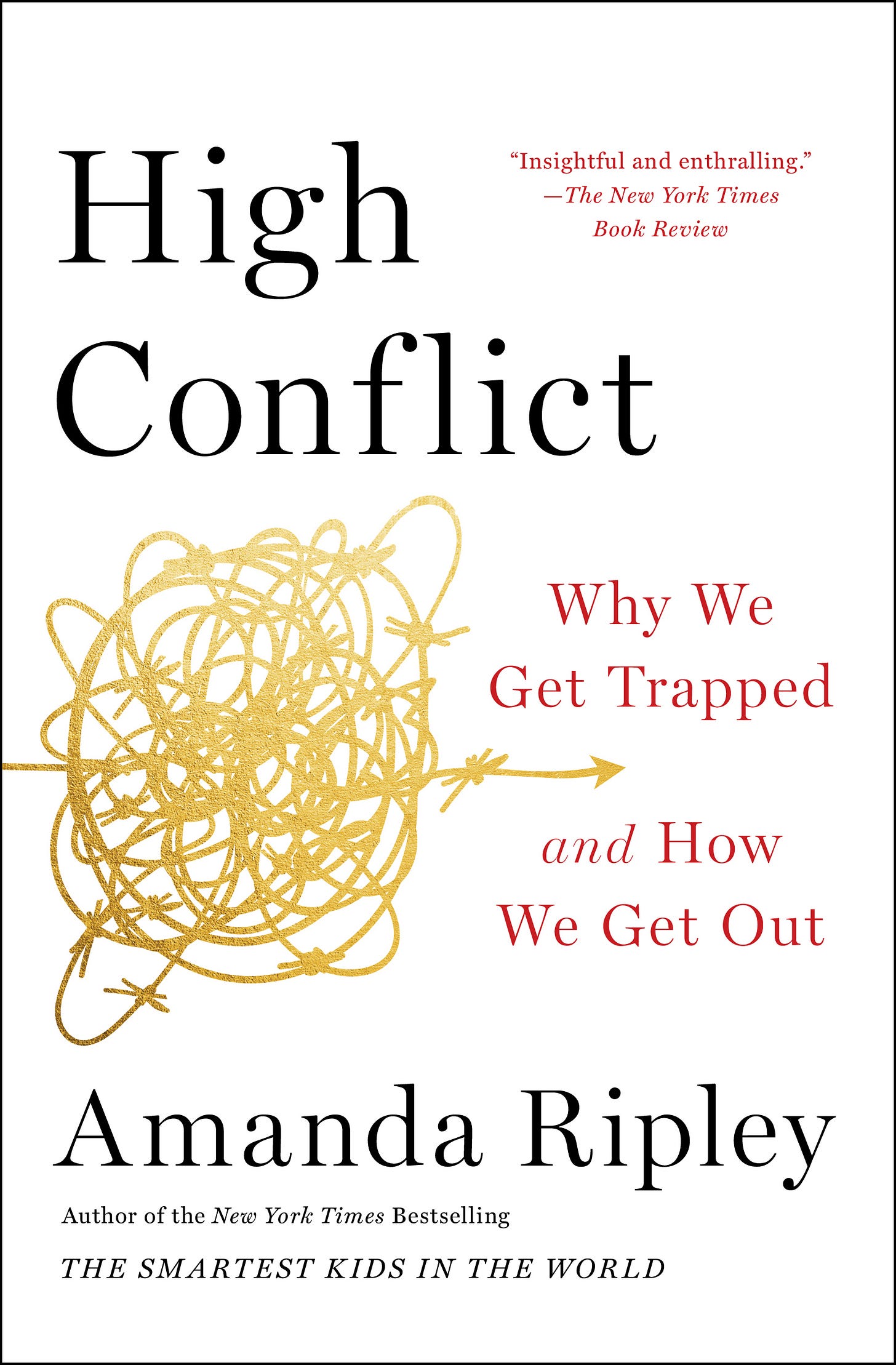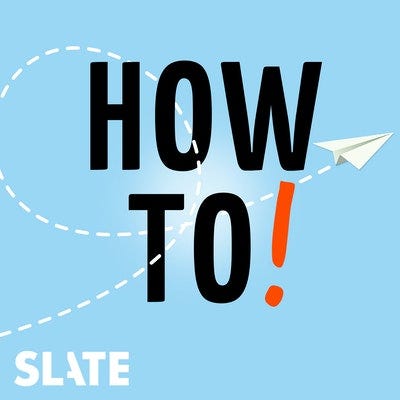I’ve been selectively avoiding the news. For years.
Last week, I confessed my secret in an essay in the Washington Post (irony intended!). It did not feel comfortable to admit this, let me tell you. But since then, I’ve been inundated with validating, positive…downright ebullient responses.
Turns out there are a LOT of reporters who are feeling deeply unsatisfied with the news as it is traditionally covered—and, of course, a much bigger audience of non-journalists who gave up on the news a long time ago.
Like me, they started out blaming themselves. They were embarrassed. They wanted to be informed—but they also wanted to get out of bed in the morning.
Eventually, I had to conclude that it’s not just me. There is something wrong with the way the news is delivered and framed. It is not designed for the human brain.
Even when things get better, when Covid cases plummet, when Congress actually acts, when a police department get reformed, when greenhouse gases get cut… the framing of the news doesn’t change. It remains the same: Vibrating with anxiety, reflexively disappointed, rarely delighted.
It’s like that friend you have — who always sees the worst in everything. You go out for coffee and feel empty afterward. Finally, you stop going.
So one thing we know for sure: there is huge unmet demand for something different, something that doesn’t make us feel like screaming into the void. Not fluffy stories about firefighters saving kittens from ATM machines, but rigorously reported stories that leave us smarter about the world around us. If we extrapolate out from the latest Reuters Institute data on news avoidance, there are currently about 100 million American adults whose news needs are not being met right now.
News for Humans
So what would be better? In the essay, I make the case for routinely and systematically reporting out Hope, Agency and Dignity in every story. Those are the three components missing from most coverage—but essential to human health. And I shared a few places that are trying to do so, including the Christian Science Monitor and the Solutions Journalism Network.
I heard from a lot of you with other great suggestions. Multiple readers mentioned Headway, a relatively new (and still small) initiative from the New York Times, designed to “Explore the World's Challenges Through the Lens of Progress.” (And as it happens, a story I applauded in my Post column, on how Houston reduced homelessness, was actually from this section!) Another friend swears by David Leonhardt’s New York Times newsletter The Morning as a voice of reason and hope in the maelstrom of daily news. (“I just want to bake him some blueberry muffins!” she said.) The Economist, meanwhile, unflinchingly covers hard things around the world, but it does so with a long view and a wide lens.
Importantly, these places are not focused on “positive” news. That is not what we need here, friends! Real life is hard, and we need to know about it, in all its messiness. But we deserve a fuller picture of the problems—and the solutions.
For health news: STAT offers a less manipulative, more curious view of scientific and medical progress and risk. Emily Oster’s parenting newsletter is also extremely helpful for assessing COVID risk, especially with regards to children. She puts threats in perspective—which leads to more hope and agency, and less pointless despair. For education news infused with dignity, hope and agency, multiple people recommended The Hechinger Report and the Seattle Times’s Education Lab.
It’s hard to explain, but you get the sense, reading these outlets, that they have your back. They want good things for you. That feeling is missing in so much other news content.
Wherever you go for news, it’s important to find your way back out. Here’s my favorite tip, from a veteran peacekeeper, a man who has seen all manner of human suffering and knows how important it is to preserve your spirit: “I read the news daily—but spend as much or more time writing poetry or walking in a wood.”
So whatever you do this summer, try to spend as much time walking in the woods and writing poetry (or singing, gardening, praying, biking, laughing, cooking or petting your dog, you get the idea…) as you do scrolling the news.
Here’s to sanity and freshly baked blueberry muffins,
Amanda
Free Books!
Here’s something weird and wonderful: Until the end of July, my publisher is offering my book High Conflict and Anna Sale’s fantastic book Let’s Talk About Hard Things for FREE! Both the ebook and the audiobook cost $0 for the next two weeks on many sites including Amazon.
Who knew a publisher would do such a thing? I’m not aware of it happening before, but I am grateful for the logic behind the decision: “America today is a country divided. On every major issue we face, it seems that our citizens and our politicians are talking past each other rather than to each other," Simon & Schuster CEO Jonathan Karp announced to his staff. "I vividly remember first reading these books in manuscript, and as I thought more and more about our national dilemma, I felt a renewed interest in sharing their wisdom with as many people as possible.”
Thank you Jon — and everyone at S&S who worked to make this happen. We can’t save the world with books, but we can help a few people. “Do what you can, with what you've got, where you are,” as Theodore Roosevelt liked to say.
An Invitation
I’m interested in hearing your stories about managing your news intake and your sanity. Find me on Twitter or email me at amanda@amandaripley.com.
I also host a weekly Slate podcast that exists to help you. Yes really. So ask us for help with something! Send How To! a note at howto@slate.com or leave us a voicemail at 646-495-4001.
We will find the smartest person we can to advise you, and then the three of us will workshop the problem together. You don’t even have to use your real name on-air, if it’s a delicate subject. We’re talking free, evidence-based advice, delivered with compassion, every Tuesday.
On a recent show, we brought together the Republican Governor of Utah to help a Democratic Congressional candidate from Vermont figure out How to Run for Office Without Being an A**hole. Check it out here.











Thank you Amanda. When you point to a better way for news – how it might look and what it might induce in us – I feel like your ideas are the 'what' to the 'why,' answers to a question that needs to be asked more directly: What is news for? What is the purpose of news?
The most generous current answer to that question seems to be that news exists to tell us what just happened somewhere. And then of course commercial incentives drive news content in the direction of what makes us most angry and anxious.
When I ask myself, "why do I need to know about [thing that just happened]?" the answer that comes back is often, "well actually, I don't." I don't need to know because, well, for the reasons you mentioned: it brings me down, and I can't do anything about a lot of it.
So what *should* news be for? I like your answers, and I summarize them for myself as:
- News should tell us about what's happening (not the same thing as 'what just happened')
- News should help us understand how we fit in, what we can *do* about what's happening
- News should strive to look through a lens that's constructive and even hopeful
Needed to read this today. Thank you!